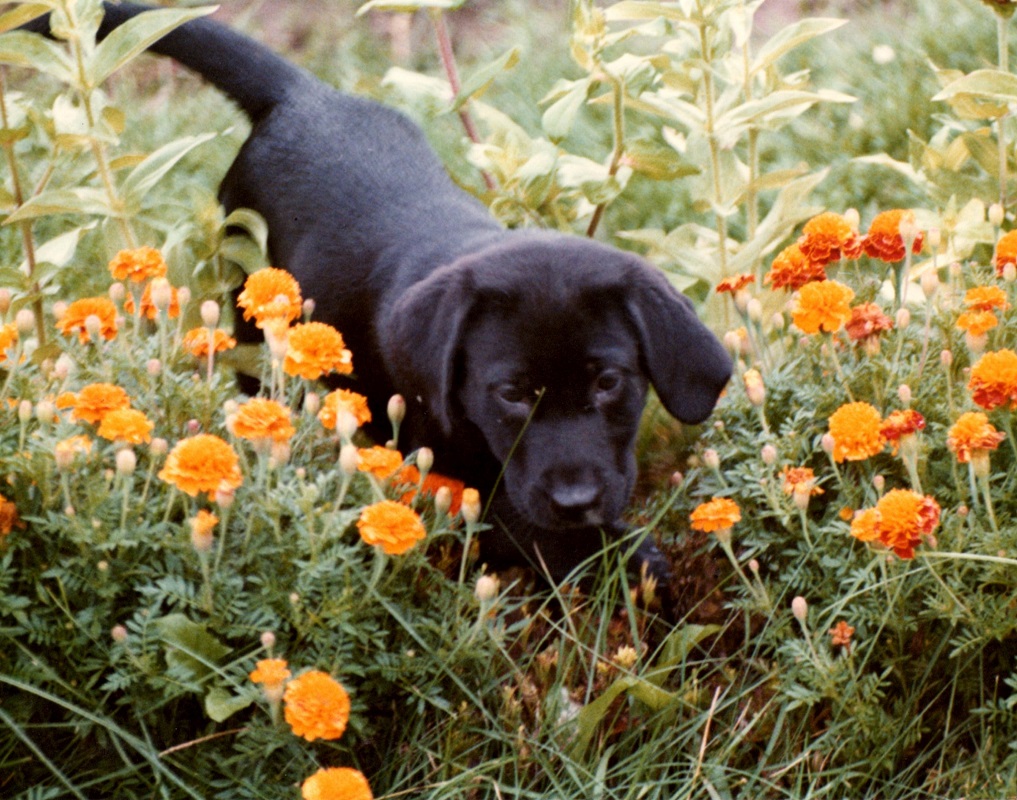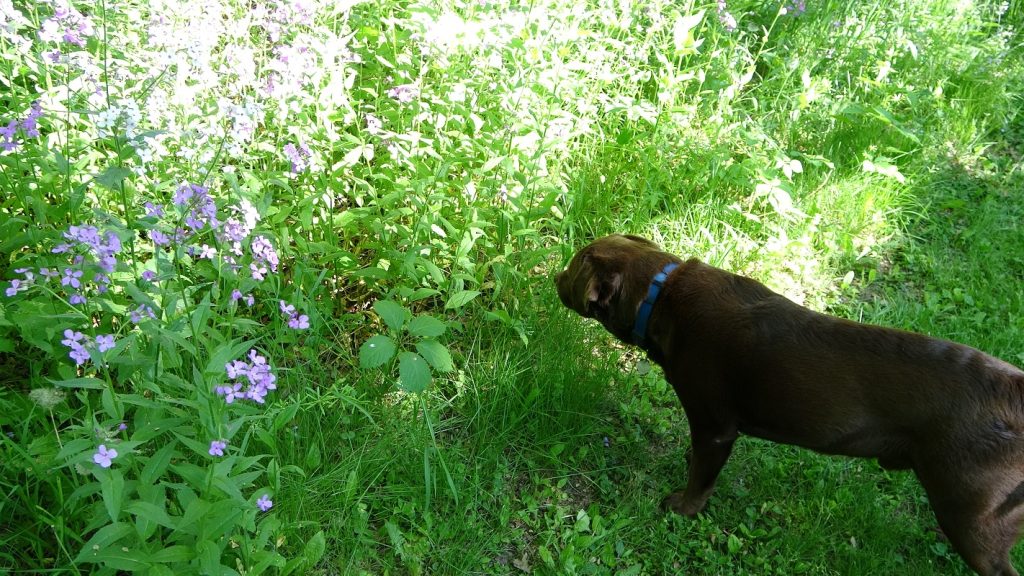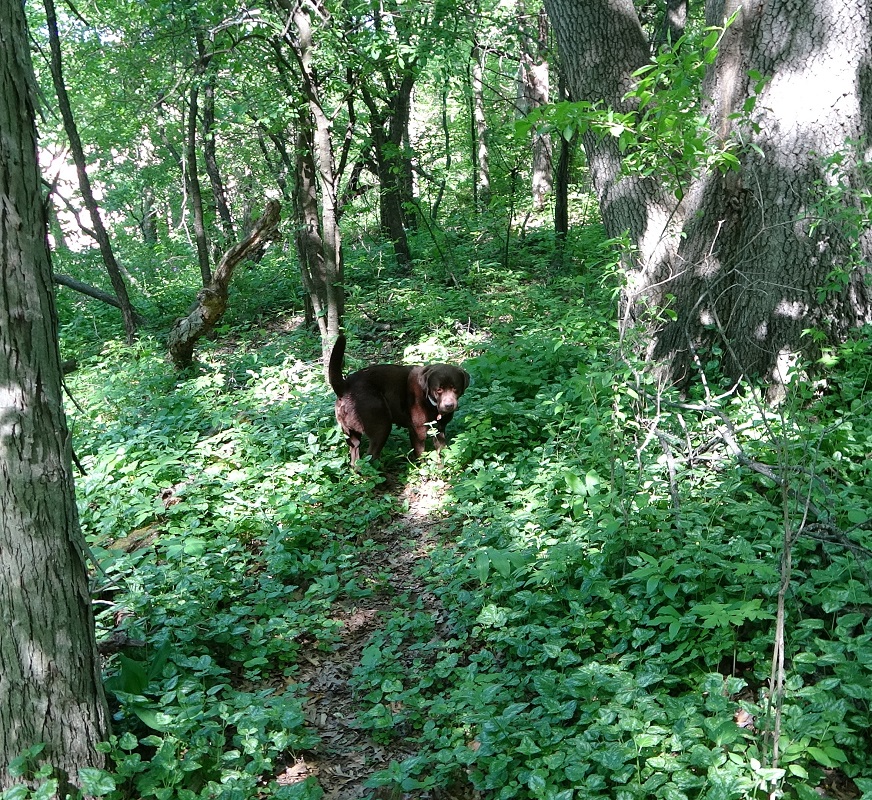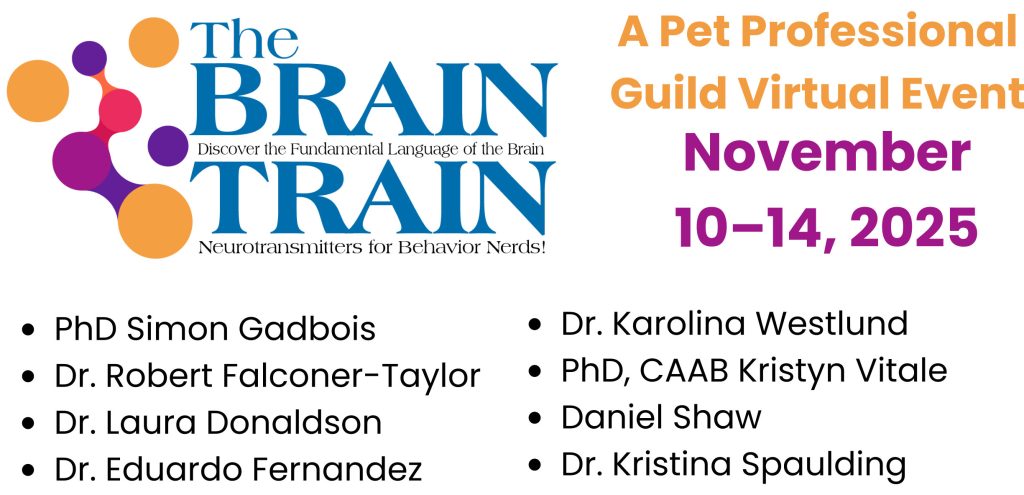Pets and Their People Blog
Let’s Go on Sniffari!
Should people allow their dogs to sniff during walks, or is it all about marching forward in lockstep? I suppose the tone of the question predicts my response. I suggest that dogs not only be allowed to sniff but should be encouraged and empowered to do so…and here is why.
As a professional dog trainer and behavior consultant, I enjoy educating the public about dogs. My motivation is to help others avoid the many mistakes I made with my puppy in 1983, when I knew nothing about raising a puppy.
Note to self: Lacking any real knowledge of dogs, perhaps starting with a puppy was not the best choice. Mistake #1.
Note to self: Purchasing the best-selling dog training book of the time seemed to be a good way to compensate for my lack of knowledge, had it not been written by a trainer who used aversive methods. Mistake #2.
My list of doggie mistakes grew longer, and I could have written a book of my own about my mistakes. Hey, maybe it would have become a best-seller!

Somehow, though, I managed to avoid the “Dogs must keep walking and not stop to sniff” pitfall. Even as a rookie puppy parent, it seemed obvious that Samantha, my black Labrador, enjoyed sniffing about and exploring as we roamed the neighborhood. Due to the late shift I worked at that time, most of our walks were late at night and she was often off leash, so she could sniff and explore freely.
Now that I am better informed and have a greater understanding of canine anatomy and behavior, I enthusiastically recommend when you and your dog go out for walks, consider going on sniffari!
I would love to credit the person who coined the term sniffari, but I do not have a clue who it is.
Sniffing Is Good for Dogs
In The Benefits of Scent-Work Pet Professional Guild webinar (2021), Dr. Robert Hewings BSc, MA, D/Prof explained the science behind a dog’s nose, so to speak. As he stated,
“A little bit of sniffing can go a long, long way.”
Sniffing, which in formal training is called nose work or scent work, is natural for all dogs. It involves the seeking system in the brain as well as the dopamine, or ‘feel good,’ system.
Dr. Hewings quoted neuroscientist and psychobiologist Jaak Panksepp for explanation.
“One of the most important instinctual-emotional systems in the brain is one which allows the animal to search for, find and acquire all the resources that are needed for survival. Arousal of this seeking system produces all kinds of approach behaviors, but also feels good in a special way.”
Dr. Hewings added,
“If your emotional state is good, and if you are inquisitive, you will explore your environment and seek answers. If your emotional state is poor, you will not explore your environment.”

The seeking system encourages excitement and happy anticipation of exploring and finding things of interest, and the resulting production of dopamine makes dogs feel good. Sniffing allows a dog the opportunity to gather information about the environment and gain confidence. It engages their olfactory system, which constitutes 33% of their brain. Dogs are like powerful noses with legs, so why not let them do what they do best?
Dr. Hewings stated,
“Sniffy dogs are happy dogs because the seeking system ignites a multitude of good things.”
Stimulation of the seeking system is essential for our dogs’ welfare.
The Find It Game and Sniffy Walks
One simple thing to do during dog walks is to carry food and scatter it now and then, when your dog is not watching, and then cue him/her to play Find It. The Find It game is simply suggesting to your dog that they go explore where you are looking and pointing. Dogs enjoy the game, and it looks like kids playing Easter egg hunt on the lawn.
The joy is in the hunt, then a goodie is found and the reward center in the brain fires as the food is consumed…and then the search resumes in earnest.
Here is a very good video of Bruno taking a sniffy walk. (He had been with us for seven months and his recall was pretty good…unless there were hundreds of mulberries at his feet! Today I can easily call him to me even if he is consuming berries.)
Helping Dogs with Fear and Reactivity

(© Daniel H. Antolec)
Working with fearful and over-reactive dogs in their neighborhoods, I have seen how powerful it is to engage a dog in the Find It game, helping them habituate to things that previously triggered fear.
This approach is in direct contrast to a common tactic that many of my clients attempted to do when their dog observed a fear-trigger in their environment. Namely, they told their dog to sit and ignore the scary sight as it approached them.
Would that work with people? I like to use Charles Manson as my analogy. Let’s suppose you and your spouse are out for a walk and your spouse sees Charles Manson approaching with a huge knife in his hand. If you told your spouse to sit and ignore him, how would that go, I wonder?
Instead, we can turn to behavior science. Dr. Morag Heirs explains that sniffing, exploring and foraging are pleasantly engaging for dogs. Then, eating the food reduces arousal and activates the rest-and-digest (parasympathetic) system, which works in opposition to the system that is involved with fear and fight/flight responses (sympathetic nervous system).
As Dr. Heirs explained in her PPG webinar, Scent Work Solutions for Dogs in Rescues & Shelters (2020),
“If you use food, then you get salivation and approach. Do simple pairing and conditioning to encourage and condition social interaction. This encourages a dog to explore their environment, gaining confidence.”
So, to help a fearful dog, we can expose them to a known fear-trigger at a distance where they are aware of, but are not displaying fear of the stimulus (scary thing), and then direct them to use their sniffer to forage for food.
With dogs who lack confidence, walks can be combined with food foraging games, using their innate and impressive olfactory system to develop confidence.
In summary, simply walking with a dog and encouraging them to sniff and explore is a natural and satisfying experience. Armed with this knowledge, now let’s go on sniffari!
About the Author

Daniel H. Antolec, PCT-A, CCBC-KA, CPDT-KA began teaching dogs in 2011 and founded Happy Buddha Dog Training. He teaches dogs in a way that makes it fun for pet stewards and pets alike.
PPG Webinar References:
“The Benefits of Scent-Work,” Dr. Robert Hewings BSc. MA. D/Prof, May 17, 2021, Pet Professional Guild webinar.
“Scent Work Solutions for Dogs in Rescues & Shelters,” Dr. Morag Heirs, April 2, 2020, Pet Professional Guild webinar.
“Scentwork Solutions for Common Behavioral Problems,” Dr. Morag Heirs, August 17, 2021, Pet Professional Guild webinar.
“The Importance of Positively & Emotionally Linking Scent to Your Training,” Dr. Robert Hewings, BSc, MA, D/Prof., Pet Professional Guild webinar.
Additional Resource:

